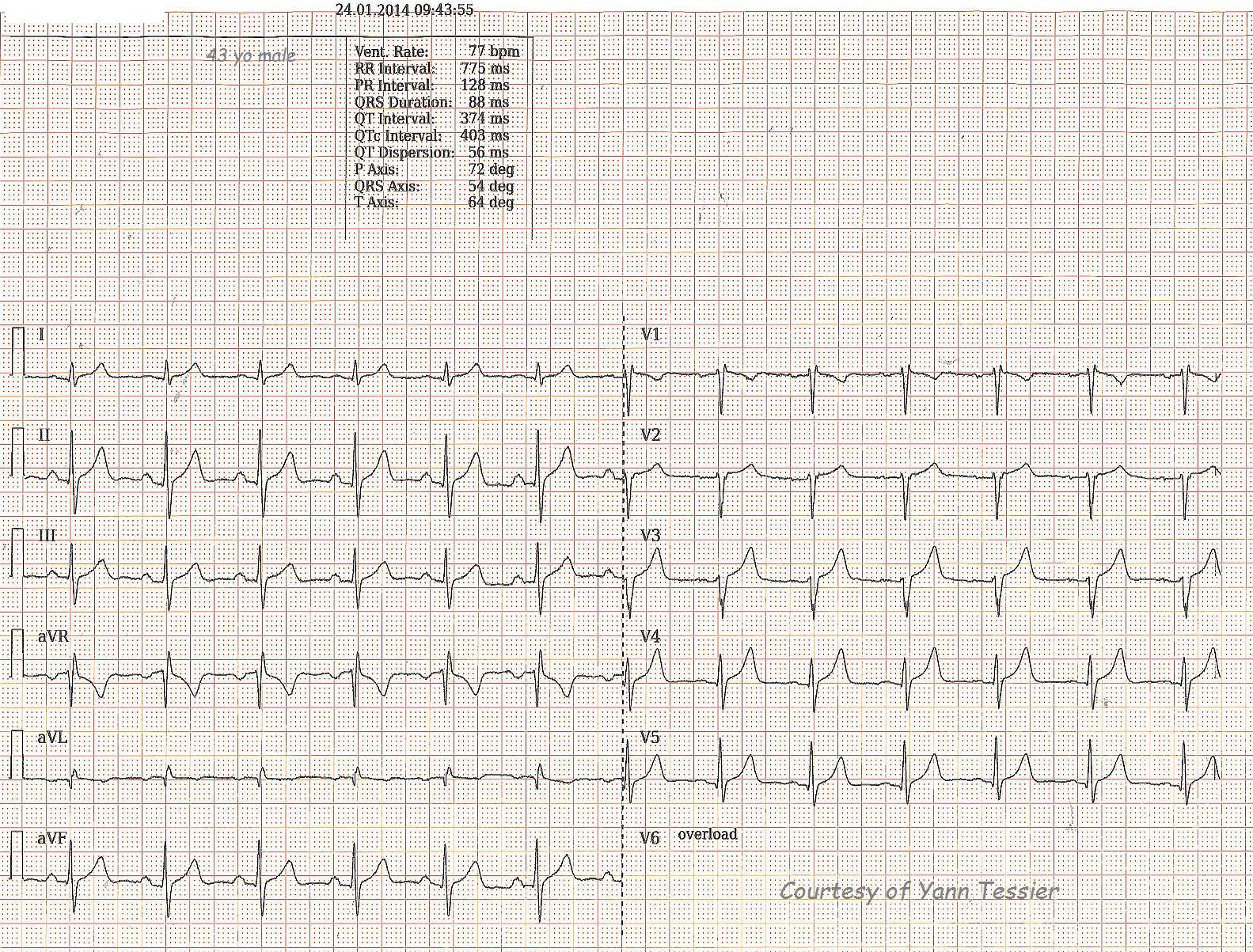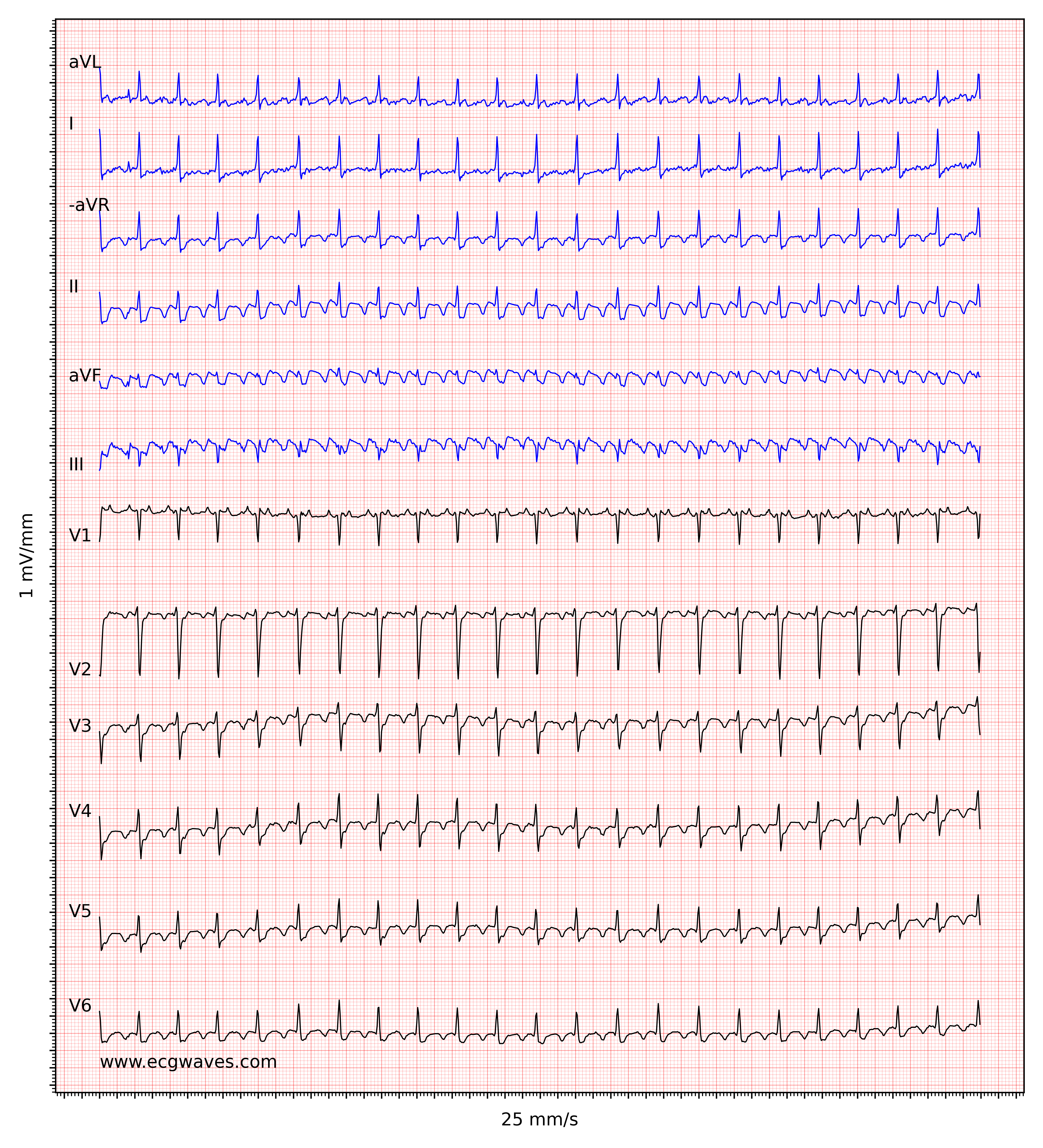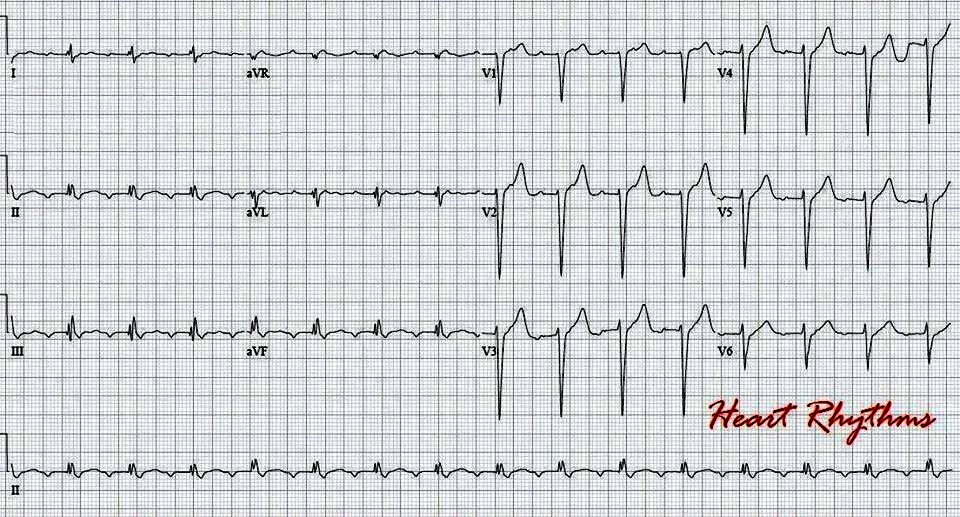

Adjacent 12-lead ECG was recorded during LLR. Tracings on left show 12-lead ECG in a patient with CCW-AFL with CL of 285 ms.

Sustained, spontaneous AFLs with 2 different CLs from same patient. CTI ablation was successful in arrhythmia termination and resulted in a lack of arrhythmia inducibility for all patients with LLR.įigure 1. In all patients with LLR, concealed entrainment was present in the CTI but was absent from the CTI in those with ULR. Entrainment mapping was attempted from various sites in those with lower-loop reentry (LLR) and upper-loop reentry (ULR). Low voltage was defined as a voltage amplitude <0.1 mV and scar that showed no recordable activity. Electroanatomic mapping with the CARTO system (Biosense, Cordis-Webster Inc) was available for 2 patients with atypical RA-AFL and for 21 patients with LA-AFL. Concealed entrainment was present when the difference between the tachycardia CL and postpacing interval was ≤25 ms with identical intracardiac activation sequence and surface flutter wave morphology (when possible). Entrainment mapping was attempted in all patients at a cycle length (CL) of 10 to 30 ms less than the flutter CL. Twelve-lead ECGs and intracardiac recordings were obtained and displayed simultaneously. 7 The distal pole of the halo catheter was positioned at 7 o’clock on the tricuspid annulus (TA) in the left anterior oblique projection. The study was performed as previously described by using recordings from a 20-pole halo, His bundle, and coronary sinus (CS) catheters. Antiarrhythmic drugs were discontinued for at least 5 half-lives before the study, except for 11 patients who were treated with amiodarone. The study was approved by the University of California at San Francisco and Cleveland Clinic institutional review boards. LA AFL circuits had either flat or low-amplitude forces in the inferior leads. In contrast, a typical CW-CTI surface pattern was always seen in patients with upper-loop reentry, which was non-CTI dependent. Eleven patients with other LA circuits had a more variable pattern but showed decreased voltage in the inferior leads compared with that of a group with CCW-CTI AFL (1.6☑ vs 2.68☐.7 mV, respectively P<0.05).Ĭonclusions- The RA surface-ECG patterns different from those of CCW or CW-CTI could still be CTI dependent. All 11 patients with an LA septal circuit showed a typical ECG pattern characterized by prominent forces in lead V 1 with flat deflections in the other surface leads. In 7 of 8 episodes of upper-loop reentry, the ECG pattern completely mimicked that for clockwise (CW) CTI AFL. In 11 of 24 episodes characterized by high or multiple breaks over the crista, the ECG showed changes that depended on the initial activation sequence of the LA. The surface ECG of 13 patients with lower-loop reentry was similar to that of their pattern during counterclockwise (CCW) CTI atrial flutter (AFL), except for decreased amplitude of the terminal forces in the inferior leads.

Methods and Results- We retrospectively evaluated 32 episodes (in 26 patients) of atypical RA and 22 episodes (in 21 patients) of LA flutter. Customer Service and Ordering Informationīackground- There is little information about the surface expression of non-cavotricuspid isthmus (CTI)-dependent right atrial (RA) or left atrial (LA) flutter circuits.Stroke: Vascular and Interventional Neurology.Journal of the American Heart Association (JAHA).Circ: Cardiovascular Quality & Outcomes.Arteriosclerosis, Thrombosis, and Vascular Biology (ATVB).


 0 kommentar(er)
0 kommentar(er)
